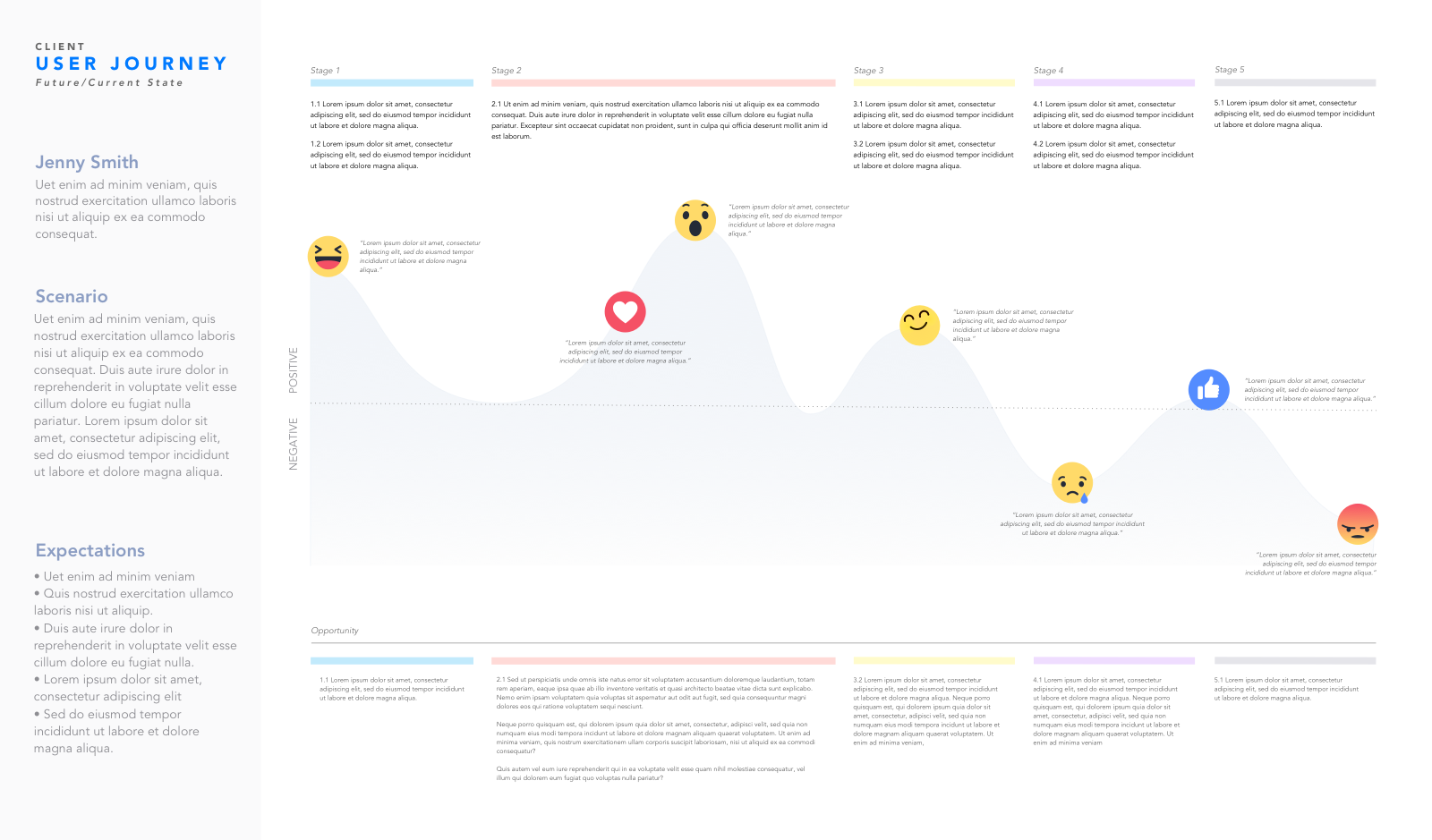User Journey
A user journey, also known as a customer journey or user flow, is a visual representation or map that outlines the steps and interactions a user goes through while interacting with a product, service, or system.

What is a user journey?
A user journey in UX (user experience) is a visual representation of the steps a user takes when interacting with a product or service. It is a timeline that outlines the various touchpoints and interactions a user has with a product, from the initial awareness stage to the post-purchase stage.
The user journey is typically created by mapping out the various stages of the user’s experience, such as discovery, research, decision-making, and post-purchase evaluation. Each stage is broken down into smaller steps, such as browsing a website, adding a product to a cart, entering payment information, and completing the purchase.
User journeys are an important tool for UX designers and researchers, as they help to identify pain points and areas of improvement in the user experience. By mapping out the user journey, designers can gain insights into the user’s motivations, needs, and behaviors, and use that information to optimize the product or service to better meet the user’s needs.
Why are user journey’s important?
User journeys are important for several reasons in the context of UX design:
- Identify user pain points: A user journey helps identify pain points in the user experience, such as areas where users are experiencing frustration or confusion. By understanding these pain points, designers can improve the experience to be more user-friendly and intuitive.
- Improve user satisfaction: A well-designed user journey helps to create a positive user experience that meets the needs and expectations of the user. This can lead to increased user satisfaction, improved brand loyalty, and increased user retention.
- Enhance usability: By mapping out the user journey, designers can better understand the user’s goals and motivations and design the product to meet those needs. This can result in a more usable and effective product.
- Optimize user flow: User journeys help identify areas where users may encounter obstacles or confusion in their journey. By optimizing the user flow and reducing barriers to success, designers can help users accomplish their goals more efficiently and effectively.
- Align stakeholders: User journeys are a valuable tool for aligning stakeholders around the user’s needs and experience. By visualizing the user journey, stakeholders can better understand the user’s needs and motivations and make more informed decisions about the product.
Overall, user journeys are an important tool for UX designers and researchers to better understand the user’s experience, identify pain points, improve usability and user satisfaction, optimize user flow, and align stakeholders around the user’s needs.
How to create a user journey?
Creating a user journey involves several steps:
- Define your user persona: A user persona is a fictional representation of your target user. Before you can create a user journey, you need to understand who your users are, what their goals and motivations are, and what their pain points and challenges are.
- Identify the user journey stages: Identify the stages of the user journey, from the initial awareness stage to the post-purchase evaluation stage. Depending on the product or service, these stages may vary.
- Map out the user journey: For each stage, map out the various touchpoints and interactions a user has with the product or service. This could include browsing a website, researching options, making a purchase, or contacting customer support.
- Identify user pain points: Identify pain points in the user journey, such as areas where users may experience frustration or confusion. These pain points can help identify areas for improvement.
- Optimize the user journey: Based on the pain points identified, optimize the user journey to improve usability, user satisfaction, and overall user experience.
- Iterate and test: Once the user journey is mapped out and optimized, test it with users to identify any additional pain points or areas for improvement. Iterate on the user journey until it is optimized and meets the needs of your users.
Creating a user journey is an important step in the UX design process, as it helps to identify pain points and areas for improvement, optimize the user experience, and ultimately create a more engaging and effective product.



